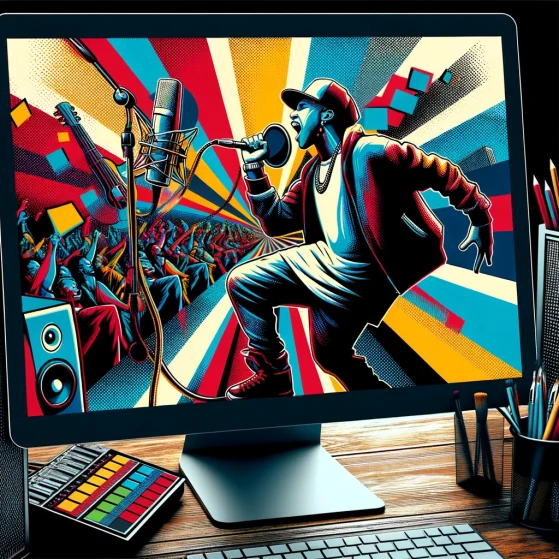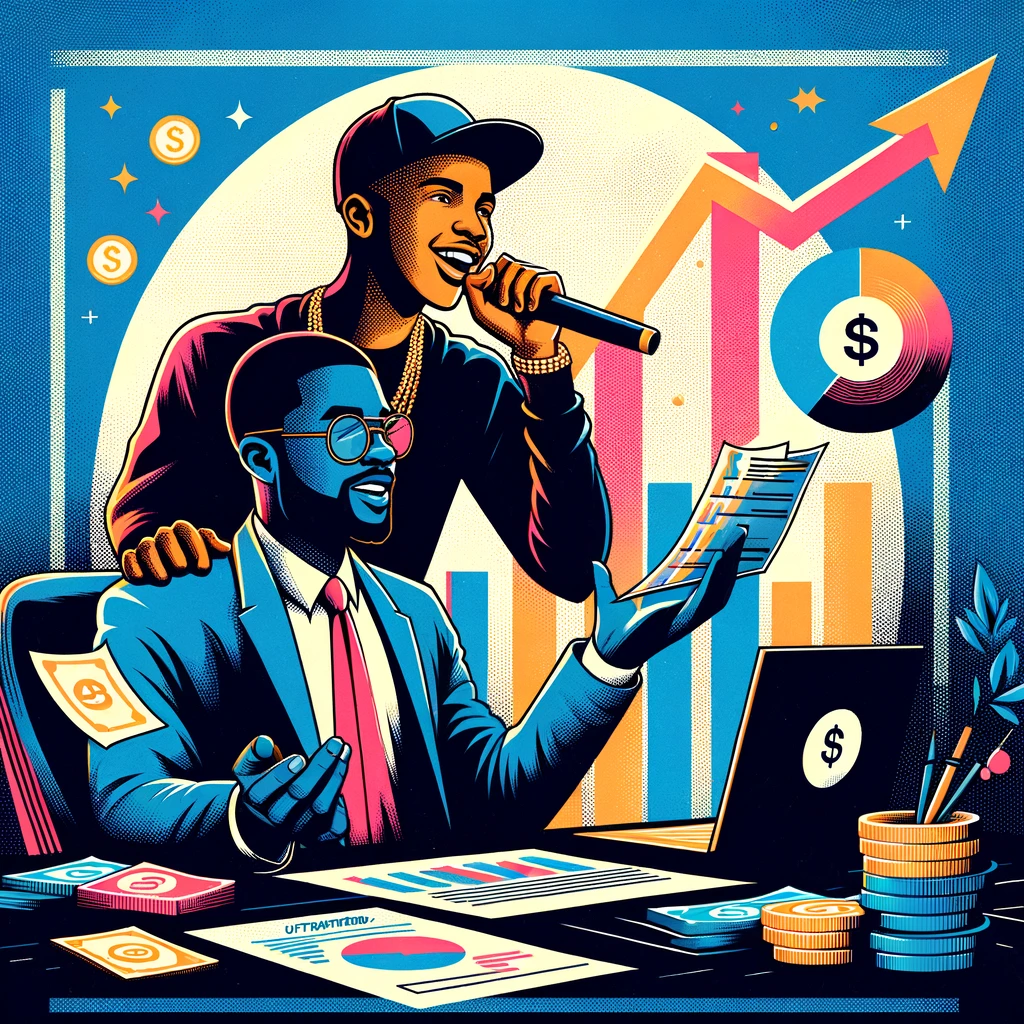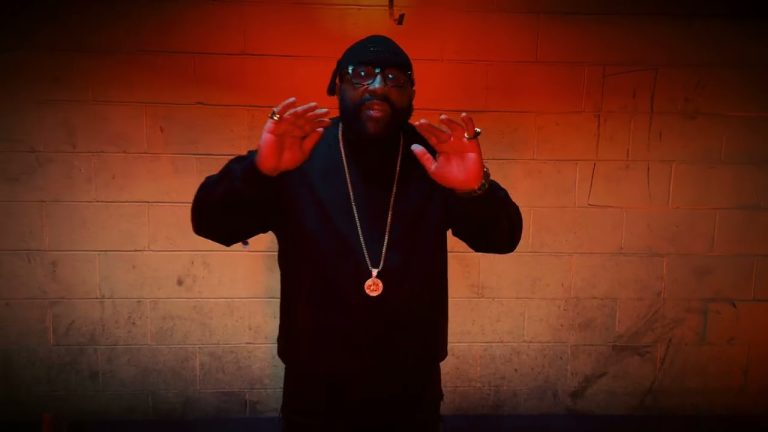Understanding the Concept of Digital Downloads and Streaming
Digital downloads and streaming are two ways music and other content are disseminated online. These platforms have changed the way entertainment is consumed and offered, significantly impacting the music industry’s revenue model.
Digital Downloads Explained
Digital downloads refer to content that you purchase and download to your device to own forever. This could be a song, an album, a movie, or a book. Once downloaded, you can access this content even without an internet connection. It’s akin to purchasing a physical copy of a CD, DVD, or book, except it’s in digital form. Artists and their labels typically receive a fixed amount of money for every digital download transaction.
A Look at Streaming Services
On the other hand, streaming services operate under a different premise. Here, instead of purchasing and downloading the content to own, you pay for a subscription that grants you access to a vast library of content. You can play the desired music or video as long as you have an active internet connection. However, you do not ‘own’ the content. The concept is like that of traditional radio broadcasting, where you tune in to listen but do not obtain any ownership rights over the music. In the streaming model, royalties are paid out differently, often based on the number of plays an artist’s content receives as a proportion of total streams on the platform.
Impact on Consumer Behavior
The advent of digital downloads and streaming has dramatically changed consumer behavior. While digital downloads allowed consumers to buy and own just the content they liked without requiring them to buy the whole album, streaming took it a step further by providing unlimited access to vast music libraries for a monthly fee. Consumers have moved towards more convenient, affordable and diverse means of consuming content, contributing to the rise of streaming over downloads.
Analyzing the Differences in Royalties Between Digital Downloads and Streaming
Understanding Royalties in Digital downloads
In the context of digital downloads, artists and their record labels make their money primarily from the sale of individual tracks or albums. These are typically priced at a point set by the artist, label, or online music store. Consumers purchase a digital file, often in MP3 format, that they can keep indefinitely. The royalty rates for digital downloads are usually calculated based on a percentage of the revenue generated from these sales, or sometimes as a fixed amount per download. It’s important to note that the exact rate can vary significantly depending on the specifics of the artist’s contract with their label.
The Structure of Streaming Royalties

In contrast, streaming operates on a pay-per-stream model. This method involves users listening to music through a streaming service like Spotify, Apple Music, YouTube, without actually owning the track. Instead of a fixed price per song or album as with digital downloads, streaming services typically use a complex formula to calculate royalties. This formula factors in total revenue, total streams, and geographic location among other elements. As a result, streaming royalties tend to be significantly smaller on a per-play basis compared to digital downloads.
Comparing Digital Download and Streaming Royalties
When comparing royalties from digital downloads and streaming, it’s apparent that the two have unique advantages and drawbacks. While digital downloads can provide a higher royalty rate per sale, the reality is that these purchases are becoming less common as more and more consumers switch to streaming platforms. On the other hand, while streaming Royalties are smaller per play, these platforms offer the potential for repeated plays over time, which can accumulate. However, an artist generally needs a significant volume of streams to earn substantial income, making it potentially less profitable for niche or emerging artists.
Impact of Various Platforms on Royalties From Digital Downloads and Streaming
Effects of Different Platforms on Download Royalties
Digital downloads are a significant source of income for many artists. The amount of royalty earned depends greatly on the platform where these downloads occur. Platforms like iTunes and AmazonAmazon, for instance, use a fixed percentage model. They pay royalties based on a pre-established percentage of the retail price, typically ranging between 60% to 70% per download. Other platforms, such as Beatport and Traxsource, use a tiered system, where the percentage paid to the artist increases as their track sales increase.
Influence of Streaming Services on Royalty Payouts
The advent of streaming services has dramatically transformed the music industry landscape. Unlike digital downloads, streaming services like Spotify, Apple Music, and Tidal do not pay a fixed amount per stream. Instead, they use a pro-rata model where total subscription revenue is distributed amongst artists based on their share of total streams. This typically results in fractions of a cent per stream. However, the exact amount varies between platforms and can be influenced by factors like the listener’s country and whether they’re using a free or premium account.
Critical Considerations and Variations
There are several critical aspects that artists should consider when looking at royalties across different platforms. One key factor is the user base – a platform with a larger user base will result in more downloads or streams, potentially leading to higher royalty payments. Additionally, contracts between artists and record labels can significantly influence the final royalty amount. For instance, some contracts may stipulate that the label first recoups its expenses before paying out any royalties. It’s also worth noting that songwriters and producers typically receive separate royalties, which are subject to their own rates and distribution methods.
Case Studies: Comparing Royalties From Popular Digital Downloads and Streaming Platforms
Example Analysis: Digital Downloads vs Streaming Royalties
In order to understand the differences and similarities of Royalties from digital downloads and streaming platforms, let’s take a closer look at two case studies. The first one revolves around the popular digital download platform, iTunes, while the second one is focused on Spotify, a leading streaming service.
Starting with iTunes, an artist makes approximately $0.70 for every song downloaded. Thus, if a million copies of a song are downloaded, the musician stands to make approximately $700,000. Keep in mind that this figure only represents gross earnings. After deducting management and production costs, the net income may significantly dip.
Spotify: Understanding Royalties from Streaming
Shifting our attention to Spotify, the royalty model operates differently. Instead of charging per download, Spotify operates on a pay-per-stream basis. The compensation varies depending on several factors such as the listener’s country and the artist’s royalty agreement. However, on average, it’s estimated that an artist earns between $0.00331 and $0.00437 per stream. Therefore, reaching a million streams could earn an artist anywhere from $3,310 to $4,370.
The Impact of Popularity and Promotion

Another vital consideration when comparing streaming and download platforms is the influence of an artist’s popularity and promotion. On platforms like Spotify, playlists and algorithmic recommendations can result in more streams for featured songs. Thus, a track that lands on a major Spotify playlist may earn substantially more than average due to increased exposure. Meanwhile, digital downloads often rely more on album sales, traditional promotions, and fanbase support.
These case studies highlight the extreme variance in potential royalty earnings across platforms. While digital downloads like iTunes offer a higher earnings potential per unit, streaming services like Spotify provide opportunities for artists to earn money in the long run, especially when tracks gain popularity over time.
Shaping the Future: How Platform Choices Influence Royalty Earnings
Deciphering Platform Policies for Royalty Disbursement
The choice of platform plays a significant role in how an artist’s royalty earnings are computed and disbursed. Various platforms have different policies when it comes to the calculation of royalties. For instance, streaming services like Spotify calculate royalties based on the total number of streams, while digital download platforms such as iTunes pay per download. Therefore, artists need to understand these platforms’ policies and if they align with their distribution strategy.
Considerations for Emerging Artist
For emerging artists, the platform choice can be crucial for their growth and revenue generation. Smaller platforms may offer higher royalty rates to attract new artists and this can be beneficial for those starting out. On the other hand, larger platforms have a broader audience, which can result in higher total revenue despite lower royalty rates. The key is to balance the potential audience reach versus the royalty rate offered.
Ideal Platform Mix: Maximizing Royalty Earnings
To optimize royalty earnings, adopting a mix of platforms can often be ideal. Using a combination of streaming services and digital download platforms can help artists cater to a diverse audience with varying preferences. In addition, artists could also consider partnering with platforms offering exclusive deals, as they often pay higher royalties. However, this exclusivity may limit the artist’s music to one platform, potentially reducing the listener base. Hence, artists should consider their target audience, financial objectives, and artistic vision when picking the right platform or combination of platforms.
Looking for a trusted and knowledgeable agency to help market your music career?
Contact us at + 1 626 872-5151 or info@flourishprosper.net
Or Checkout our website at flourishprosper.net




